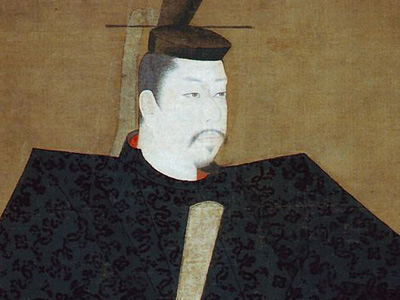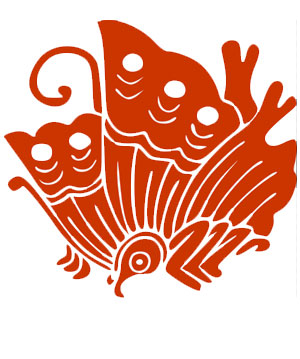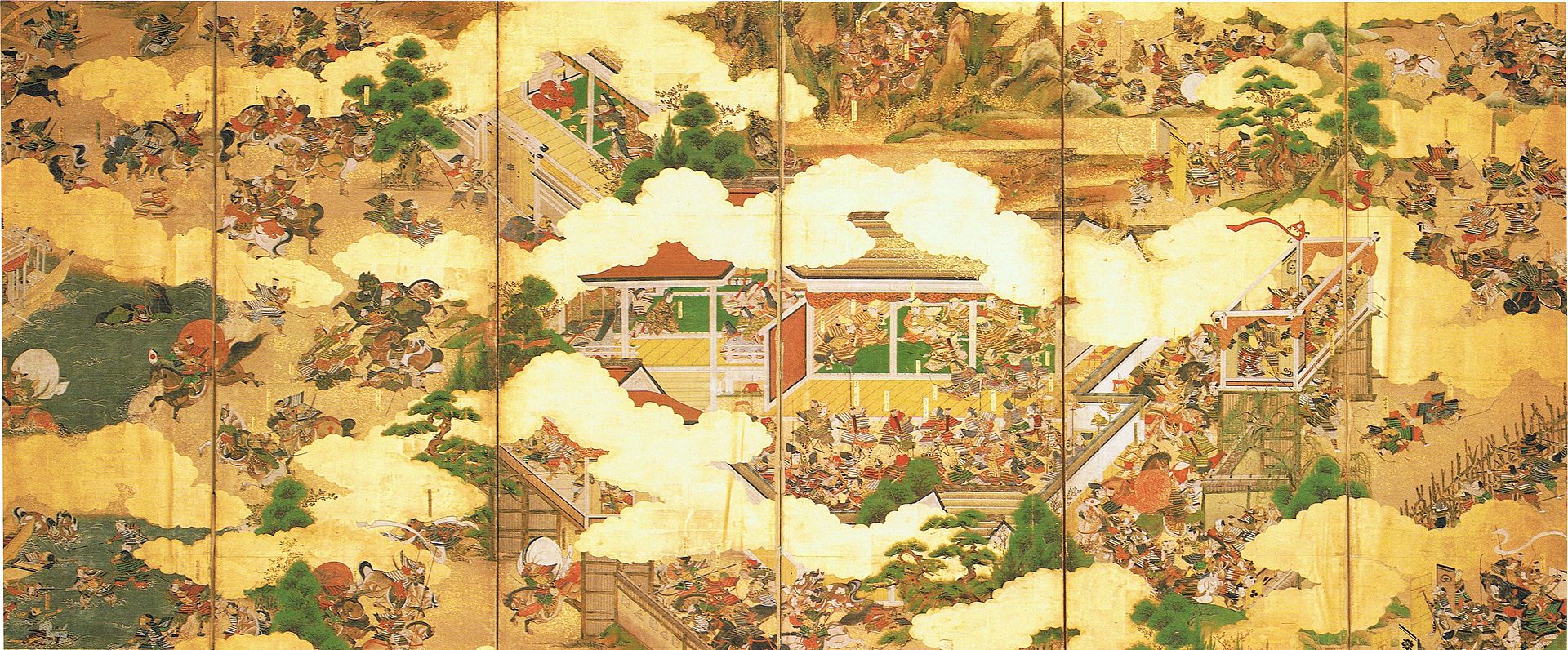Genpei War 源平合戦 (1180–1185)
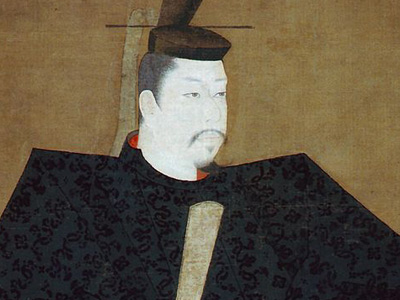
Aftermath
The end of the Genpei War and beginning of the Kamakura shogunate marked the rise of military (samurai) power and the suppression of the power of the emperor, who was compelled to preside without effective political or military power, until the Meiji Restoration over 650 years later.
In addition, this war and its aftermath established red and white, the colors of the Taira and Minamoto standards, respectively, as Japan's national colors. Today, these colors can be seen on the flag of Japan Japan is an island country in East Asia. Beginning in the 12th century, political power was held by a series of military dictators (shōgun) and feudal lords (daimyō) and enforced by a class of warrior nobility (samurai). In the Meiji period, the empire adopted a Western-modeled constitution and pursued a program of industrialization and modernization. A global leader in the automotive, robotics and electronics industries, Japan has made significant contributions to science and technology., and also in banners and flags in sumo and other traditional activities.
Japan is an island country in East Asia. Beginning in the 12th century, political power was held by a series of military dictators (shōgun) and feudal lords (daimyō) and enforced by a class of warrior nobility (samurai). In the Meiji period, the empire adopted a Western-modeled constitution and pursued a program of industrialization and modernization. A global leader in the automotive, robotics and electronics industries, Japan has made significant contributions to science and technology., and also in banners and flags in sumo and other traditional activities.
Consequences of the Genpei War
The defeat of the Taira armies mean the end of Taira "dominance at the capital". In December 1185, Go-Shirakawa granted to Yoritomo the power to collect taxes, and "appoint stewards and constables in all provinces". Finally, in 1192, after Go-Shirakawa's death, Yoritomo was granted the imperial commission Sei-i Tai Shogun. This was the beginning of a feudal state in Japan, with real power now in Kamakura. However, Kyoto remained the "seat of national ceremony and ritual."
HISTORY
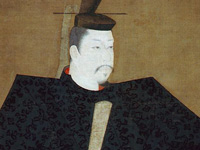
RESOURCES
This article uses material from the Wikipedia article "Genpei War (1180–1185)", which is released under the Creative Commons Attribution-Share-Alike License 3.0.
© Stories Preschool. All Rights Reserved.
